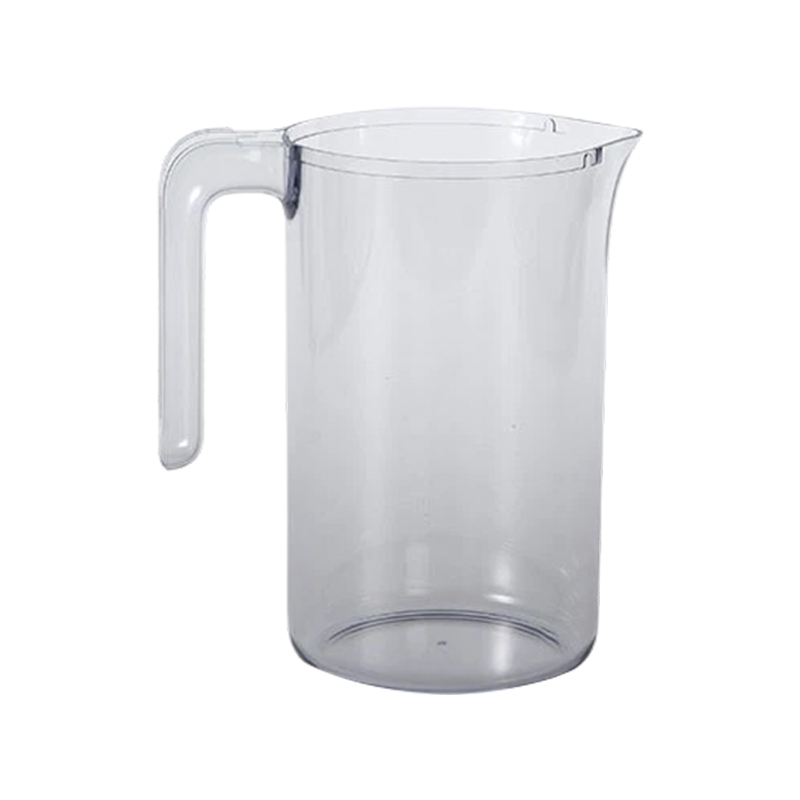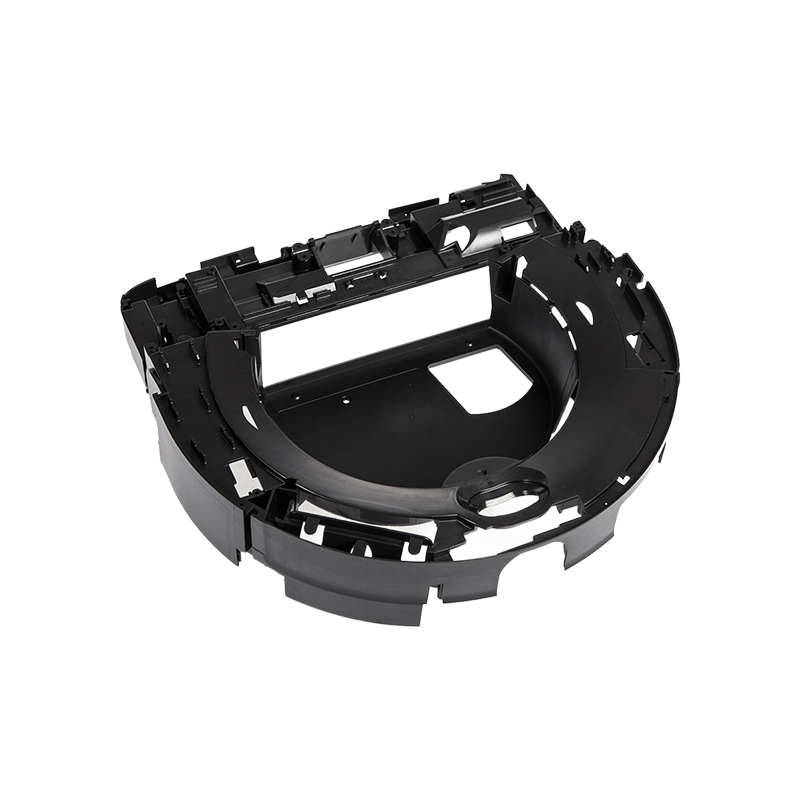How to design the side core-pulling mechanism for sweeping machine housing mold components?
Release Time : 2025-11-11
The design of the side core-pulling mechanism for sweeping machine housing mold components is a crucial aspect of injection mold development. Its core objective is to facilitate the smooth demolding of complex features on the sidewalls of the plastic part (such as heat dissipation holes, snap-fits, and grooves) through a lateral movement structure, while simultaneously ensuring the stability of mold movements and the precision of the finished product. The design must comprehensively consider the plastic part structure, material properties, mold movement logic, and production efficiency. The following analysis examines this from five dimensions: design principles, mechanism type, key parameters, material selection, and innovation trends.
The plastic part structure is the primary basis for the design of the side core-pulling mechanism. Sweeping machine housings typically feature thin walls, multiple holes, and local bosses. The side core-pulling mechanism must be selected based on the location (inner or outer side), depth, and shape of these sidewall features. For example, when the sidewall of a plastic part has a shallow concavity, a slanted slider mechanism can be used. The ejection mechanism pushes the slider along the slanted guide groove, simultaneously completing ejection and core pulling, reducing mold thickness. If the sidewall has deep holes or complex bosses, a hydraulically driven side core-pulling slider is required. This uses pressurized oil as power to achieve stable core pulling over long distances with high pulling force, preventing deformation of the plastic part due to excessive adhesion.
The power source of the side core-pulling mechanism directly affects the complexity and cost of the mold. Manual side core-pulling mechanisms rely on manual operation and are suitable for trial production or small-batch production, but are inefficient and have limited pulling force. Hydraulic (or pneumatic) side core-pulling mechanisms are driven by hydraulic or pneumatic cylinders, offering smooth operation, high pulling force, and freely adjustable core-pulling sequence, making them suitable for automated production. Motorized side parting and core-pulling mechanisms utilize the injection molding machine's opening force as power, achieving core pulling and resetting through mechanical transmission parts such as slanted guide pillars and bent pins. While structurally complex, they offer high production efficiency and are the most commonly used type in sweeping machine housing molds. Among them, the lateral parting and core-pulling mechanism with angled guide pillars is widely used in scenarios with small core-pulling distances and low core-pulling forces due to its compact structure and reliable operation.
The design of the angled guide pillar is the core of the motorized lateral core-pulling mechanism. The tilt angle of the angled guide pillar needs to be determined comprehensively based on the core-pulling distance and core-pulling force: too small an tilt angle will lead to an increase in mold thickness, while too large an angle will cause excessive stress on the angled guide pillar, shortening its lifespan. Typically, the tilt angle of the angled guide pillar is controlled between 15° and 25°. For example, in a certain home appliance mold, optimizing the angle of the angled guide pillar from 15° to 20° increased the core-pulling force by 20%, while reducing the wear rate of the angled pin by 40%. Furthermore, a gap of 0.5-1mm must be maintained between the angled guide pillar and the slider hole to avoid jamming due to machining errors.
Material selection must consider both wear resistance and corrosion resistance. For corrosive plastics such as PVC, the slider material must be SK3 tool steel and heat-treated to HRC60 to resist chemical corrosion. For high-hardness plastics (such as PA+GF), H13 hot-work mold steel can be used, with surface nitriding treatment to improve wear resistance. For example, in a chemical equipment mold, sliders using H13 steel with nitriding treatment showed only 0.02mm of side core wear after 100,000 continuous molding cycles, a 5-fold increase in lifespan compared to untreated sliders.
As injection molding processes develop towards higher precision and efficiency, side core-pulling mechanisms are undergoing intelligent and green transformation. Some high-end molds have integrated pressure and displacement sensors to monitor the slider's core-pulling force and position in real time. For example, in a 3C product mold, an IoT platform analyzes slider motion data in real time, predicting guide post wear 2 hours in advance and reducing unplanned downtime by 70%. Simultaneously, to reduce mold energy consumption, slider structures are trending towards lightweight design. One home appliance company reduced slider weight from 2.8kg to 1.9kg through topology optimization, resulting in a 12% reduction in mold opening and closing energy consumption. In the future, with the deep integration of materials science and Internet of Things technology, side-pulling sliders will surely usher in the "side-oriented intelligent era" of injection molds, providing more efficient and reliable solutions for the molding of complex plastic parts such as sweeping machine housings.








